16 Martial Arts Films That Still Impress with Wild Fight Scenes
There’s something timeless about a martial arts film that delivers a fight scene that leaves you breathless. These films not only showcase incredible skill but also offer a visual feast of fast-paced, often breathtaking combat sequences. They blend athleticism, precision, and storytelling in ways that make the fights feel just as important as the plot itself. From the quick and deadly strikes to the breathtaking stunts, martial arts films have a unique way of holding your attention. What sets these films apart is their ability to mix high-energy action with character development. The intensity and creativity in these fight scenes often break new ground in action filmmaking.
This post may contain affiliate links, which helps keep this content free. Please read our disclosure for more info.
The Raid: Redemption
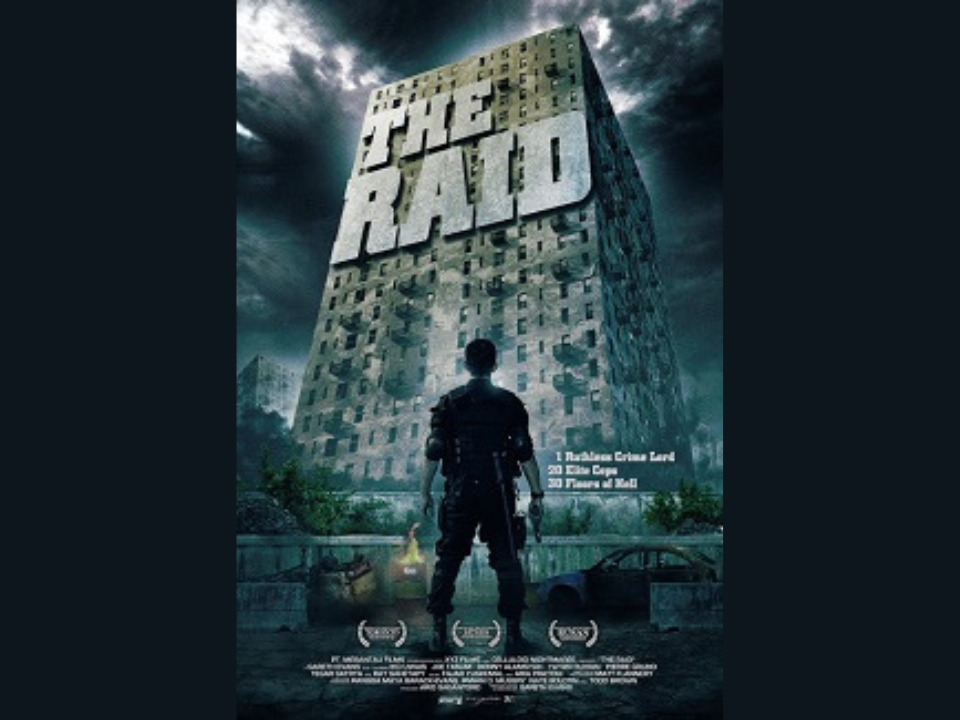
The 2011 Indonesian film, The Raid: Redemption, redefined the genre with its brutal hand-to-hand combat scenes. Director Gareth Evans orchestrated non-stop action, featuring incredible choreography and daring stunts that take place within the confines of a high-rise building. Each floor presents a fresh level of intensity, as protagonist Rama faces wave after wave of enemies.
The fight scenes are raw and relentless, with martial arts like Pencak Silat showcased in close quarters combat. The film’s pacing and fight sequences maintain a high level of suspense, keeping the audience on the edge of their seat as each battle escalates into a more intense showdown.
Enter the Dragon
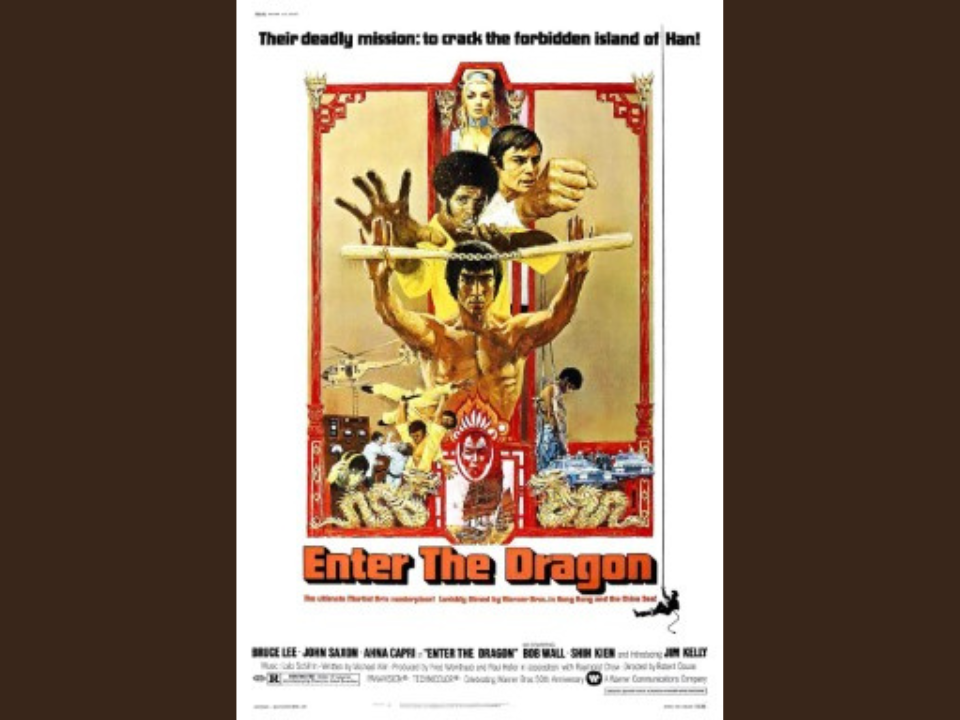
Enter the Dragon (1973), starring Bruce Lee, is often considered the most iconic martial arts film ever made. The fight choreography in this film is a perfect blend of grace and power, as Bruce Lee uses his remarkable skill and speed to defeat opponents. From the memorable mirror fight to the one-on-one battles, Lee’s agility and precision shine through.
Beyond the fight scenes, the film’s cultural impact has lasted decades, inspiring generations of martial artists and filmmakers. Bruce Lee’s performance is a study in focus and control, while the film’s innovative choreography continues to influence action sequences in Hollywood today.
Crouching Tiger, Hidden Dragon
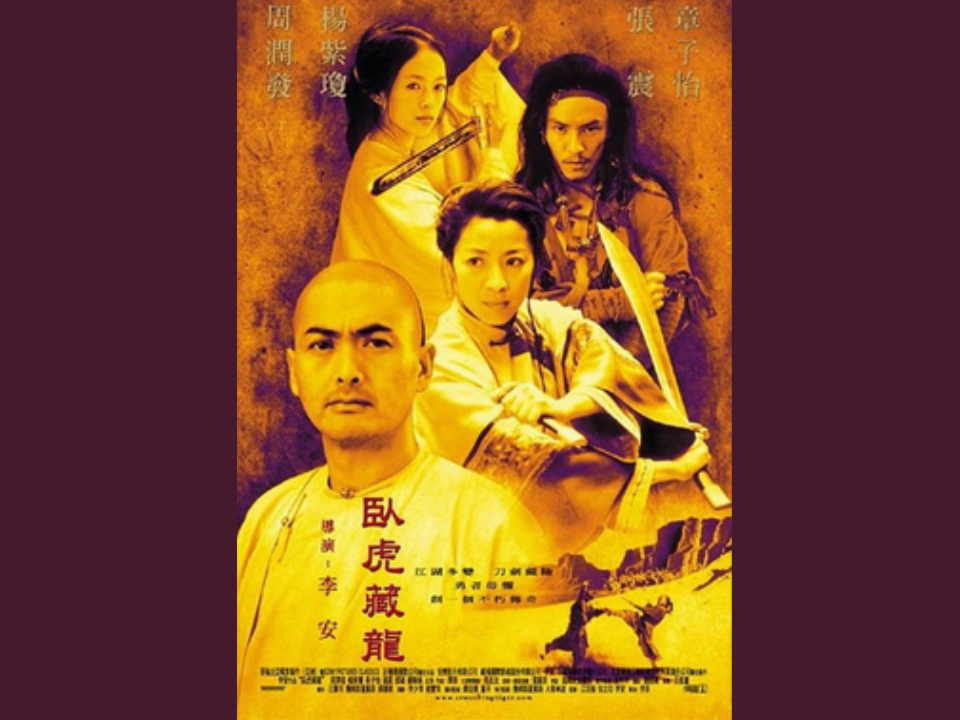
This 2000 wuxia epic, directed by Ang Lee, presents a stunning display of graceful martial arts. The film blends breathtaking aerial combat with emotional depth, as warriors fight not only for survival but for love, honor, and redemption. The fight choreography is beautifully executed, with the actors performing their own stunts and creating a mesmerizing spectacle.
The film is known for its breathtaking wirework and choreography, which makes each fight scene feel like a ballet in mid-air. The serene nature of the film contrasts perfectly with the intensity of its fight scenes, making the action sequences stand out even more.
Ong-Bak: Muay Thai Warrior
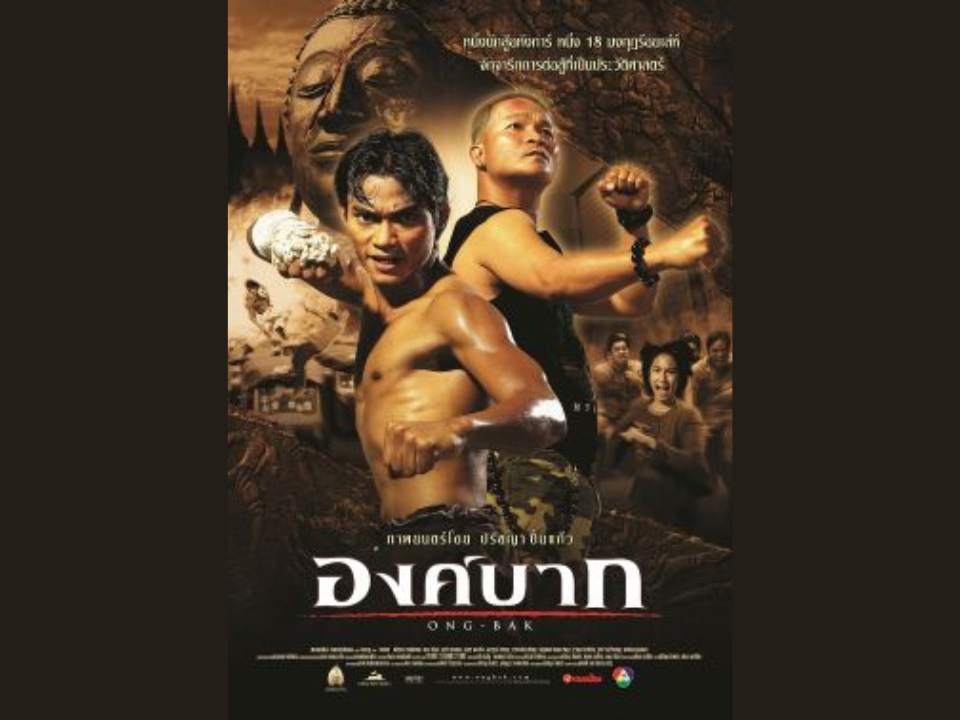
Ong-Bak (2003), starring Tony Jaa, is a fast-paced, high-intensity martial arts film that showcases the beauty and brutality of Muay Thai. The film’s fight scenes are astonishing for their rawness, with Jaa performing his own stunts and showcasing jaw-dropping acrobatics. There’s an authenticity to the combat that makes each punch and kick feel grounded in reality.
Jaa’s incredible athleticism and skill are on full display as he takes on an army of enemies with nothing but his body and mind. The relentless action, combined with the film’s heart-pounding soundtrack, sets Ong-Bak apart as one of the best martial arts films of the early 2000s.
Drunken Master
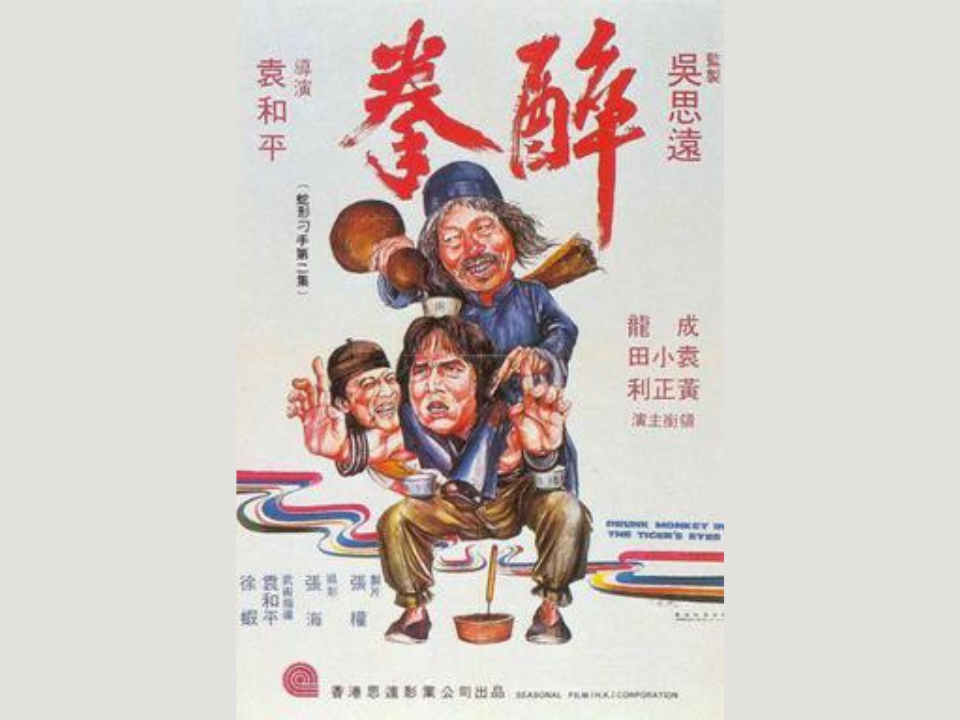
Jackie Chan’s Drunken Master (1978) is a perfect blend of comedy and martial arts, showcasing Chan’s incredible stunt work and creativity. The film features the character Wong Fei-Hung, who learns the art of Drunken Fist, a style that uses unpredictable movements to confuse and overwhelm opponents. The fight scenes are playful yet incredibly well-executed, with Chan’s acrobatics making each battle seem like a well-choreographed dance.
The physical comedy that Chan incorporates into the fight sequences adds a unique charm to the film. Drunken Master not only entertains but also displays the depth of Chan’s martial arts prowess, making it a standout in the genre.
Fist of Fury
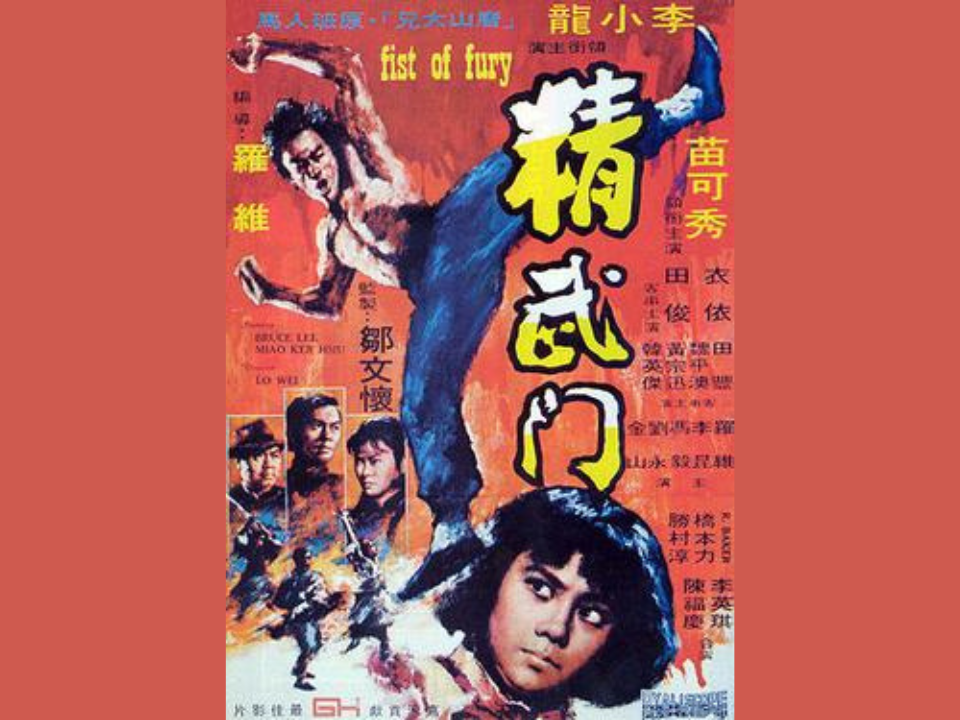
Fist of Fury (1972), another classic Bruce Lee film, features the martial arts icon at the peak of his powers. Lee plays Chen Zhen, a student seeking revenge for the murder of his master. The fight scenes in Fist of Fury are quick and intense, with Lee using his superior strength and speed to defeat multiple enemies in a series of epic showdowns.
The film is notable for its raw, unrelenting fight choreography, with Bruce Lee’s performance elevating each sequence. It is a perfect example of Lee’s mastery of martial arts, combining power and technique in a way that has influenced generations of action stars.
Kill Bill: Volume 1
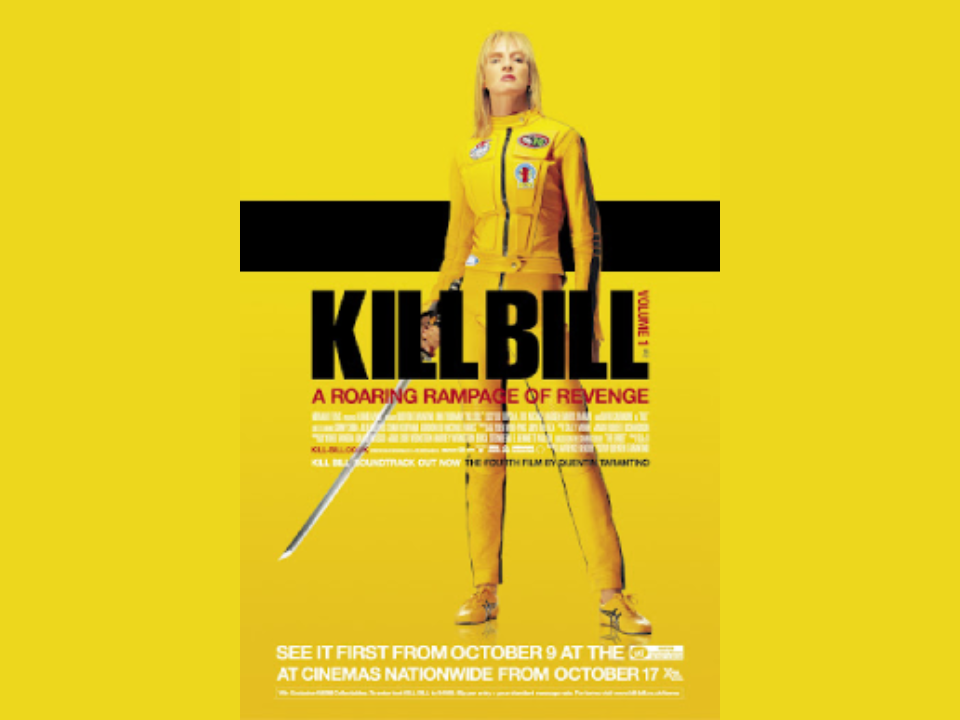
Quentin Tarantino’s Kill Bill: Volume 1 (2003) is an action-packed homage to martial arts films, featuring Uma Thurman as The Bride. The fight scenes are incredibly stylized, with Thurman’s character dispatching her enemies using a mix of swordplay, hand-to-hand combat, and precise choreography. Each battle is uniquely designed to highlight her character’s journey towards vengeance.
The iconic showdown with O-Ren Ishii in the snow-capped garden stands out as one of the most visually striking sequences. Tarantino’s use of color, camera angles, and sound effects creates a dynamic energy that makes these fight scenes unforgettable
Ip Man

Ip Man (2008) tells the story of the legendary Wing Chun grandmaster, played by Donnie Yen. The film features some of the most expertly choreographed fight sequences in recent memory, particularly the famous fight against ten Japanese soldiers. The choreography combines speed, power, and grace, perfectly showcasing the Wing Chun style of martial arts.
Yen’s portrayal of Ip Man is both heartfelt and intense, and the fight scenes are more than just physical—they represent his struggle for honor and respect. Ip Man revitalized interest in martial arts films and became a defining film for Donnie Yen’s career.
The Five Venoms
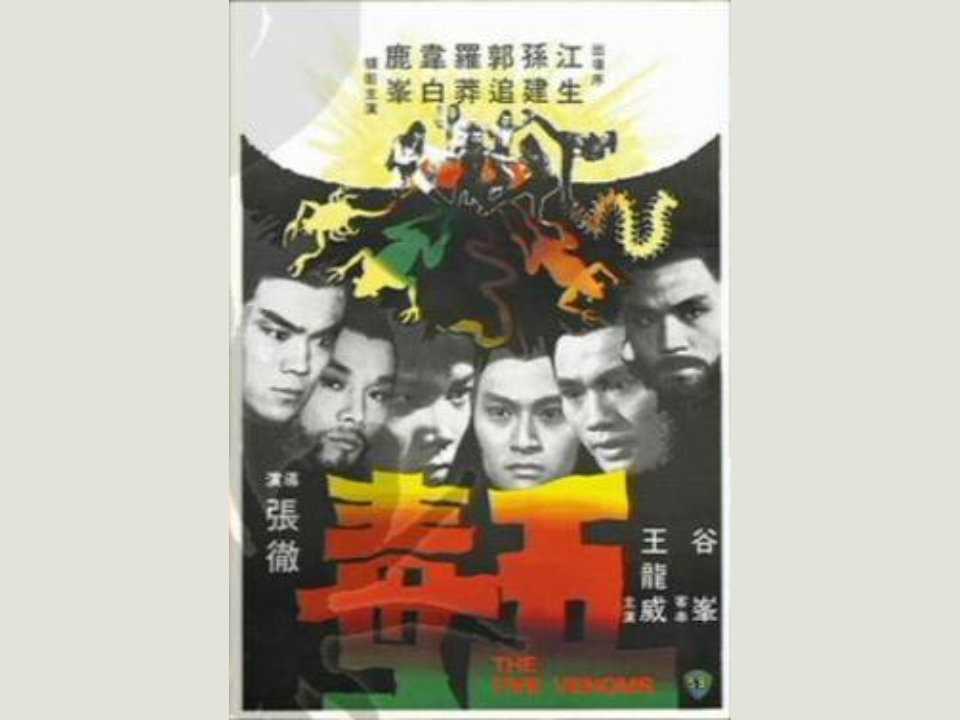
Released in 1978, The Five Venoms is one of the most influential films from the Shaw Brothers Studio. The film introduces five characters who each possess a unique martial arts skill, and the battle sequences are designed to highlight the distinct abilities of each fighter. The use of different fighting styles makes the confrontations both diverse and thrilling to watch.
The choreography is meticulously crafted, with each character’s skill set making for unique and exciting fight scenes. The Five Venoms has remained a cult classic, with its influence seen in many martial arts films that followed.
Hero

Hero (2002), directed by Zhang Yimou, is a visually stunning film that tells the story of a nameless warrior seeking revenge. The fight scenes are not only choreographed but also beautifully composed, with the use of color and natural elements playing a major role in the storytelling. Each fight is staged in a different setting, with unique visual motifs representing the different factions.
The film’s combat scenes blend traditional martial arts with wirework, creating a sense of fluidity and beauty in every movement. The way the film uses fight choreography to illustrate different philosophical ideals is a testament to its creative depth and artistic merit.
The Matrix
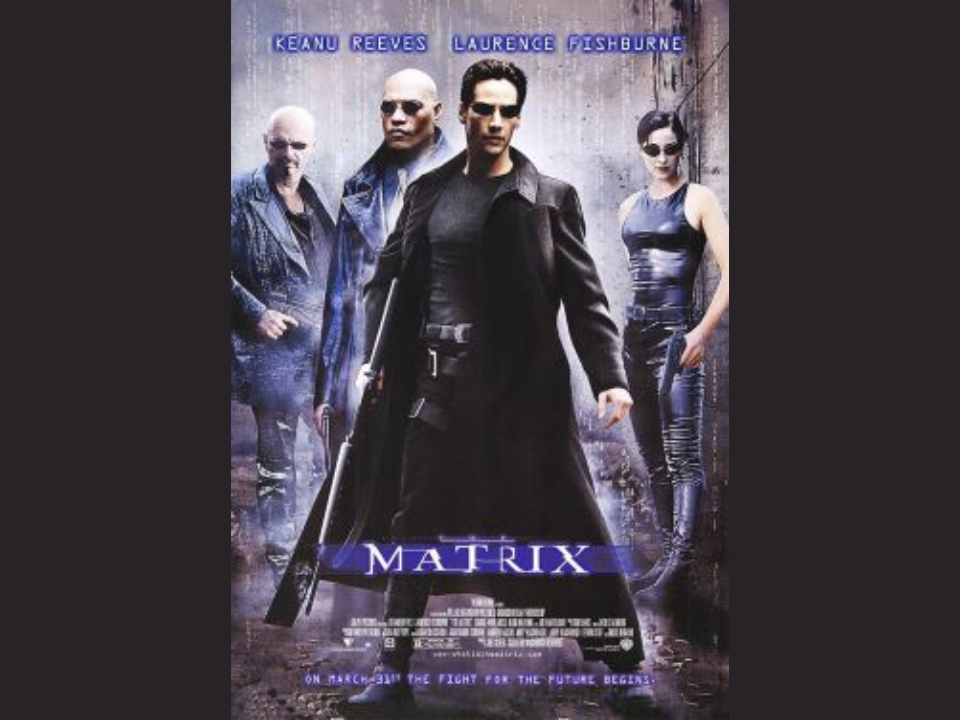
The Matrix (1999), though more of a science fiction film, brought martial arts into the mainstream through its groundbreaking fight scenes. Keanu Reeves, trained in martial arts for the role, performs intense hand-to-hand combat sequences that are seamlessly blended with the film’s sci-fi elements. The iconic lobby shootout and slow-motion fight scenes broke new ground in action filmmaking.
The fight choreography was designed by renowned martial arts choreographer Woo-Ping Yuen, who infused traditional martial arts with innovative techniques, pushing the boundaries of what could be done with action scenes. The combination of advanced technology and classic martial arts created a new genre-defining action experience.
Blade II

Blade II (2002), starring Wesley Snipes, blends martial arts with supernatural elements in an action-packed story about a half-vampire, half-human warrior. Snipes’ martial arts skills are on full display, as his character battles vampires in intense, high-energy combat sequences. The choreography is fast-paced, incorporating a mix of close-quarters fighting and acrobatic stunts.
The film’s fight scenes are brutal and fast, with Snipes executing complex maneuvers and weapon use. Blade II continues to be admired for its high-octane action and Snipes’ ability to bring authenticity and intensity to the martial arts genre, making it one of the most memorable comic book adaptations.
The Legend of Drunken Master

The Legend of Drunken Master (1994) is another iconic Jackie Chan film that showcases his skill in blending martial arts with humor. The film features an updated version of the Drunken Fist style, where Chan’s character uses unpredictable, exaggerated movements to confuse and overwhelm his opponents. The fight choreography is a mix of fluid martial arts and physical comedy, which makes the action sequences stand out.
The memorable finale in the forest, where Chan battles multiple enemies using his unique style, is a perfect example of how martial arts can be both entertaining and impressive. The choreography combines precision and spontaneity, making every fight feel fresh and exciting.
Flash Point
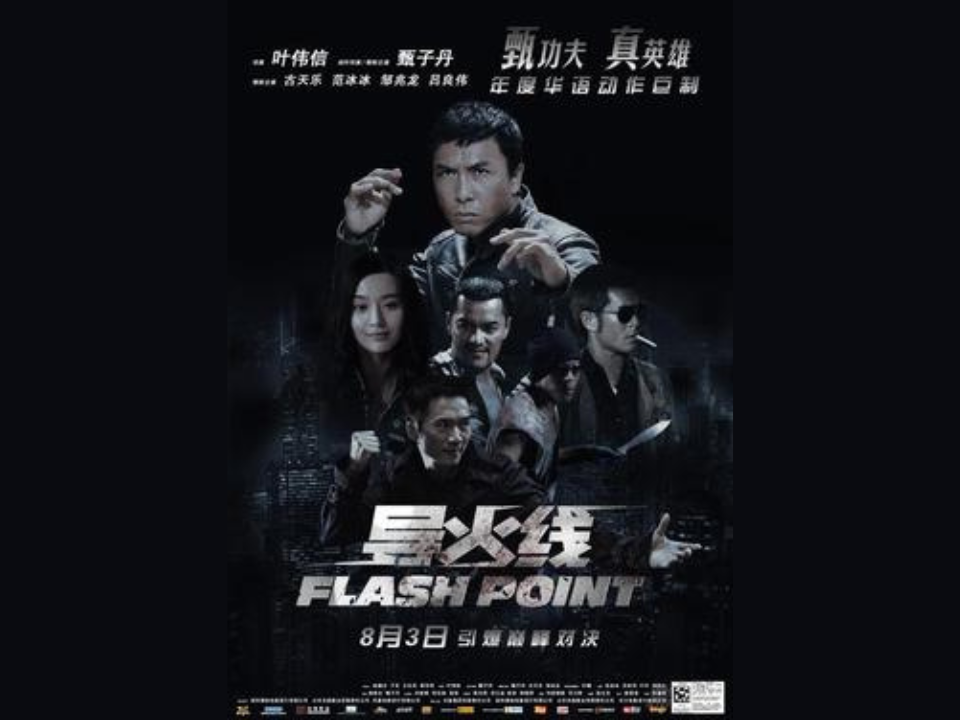
Flash Point (2007), starring Donnie Yen, features some of the most intense and realistic fight scenes in modern martial arts cinema. Yen, who plays a tough undercover cop, utilizes a mix of traditional martial arts and mixed martial arts techniques. The film’s standout fight scene, a brutal showdown in a narrow alley, showcases Yen’s speed and power as he takes on multiple opponents.
What sets Flash Point apart is its gritty realism, as the fights feel raw and unrelenting. The choreography is a reflection of Yen’s ability to make martial arts feel both grounded and visceral, keeping the audience engaged from start to finish.
The Man from Nowhere

The Man from Nowhere (2010) is a South Korean action film that delivers one of the most intense martial arts performances from its lead, Won Bin. The film follows a quiet man who gets entangled with a criminal syndicate while trying to protect a young girl. The fight sequences are fast and brutal, with the film featuring hand-to-hand combat, gunfights, and stabbings.
The choreography is sharp and focused, using the close quarters of a cramped space to create a sense of urgency and intensity. The film’s rawness, combined with the emotionally driven performances, makes each fight feel more impactful and personal.
Shaolin

Shaolin (2011) is a martial arts epic set in the ancient Shaolin temple, starring Andy Lau and Nicholas Tse. The film combines large-scale battle sequences with intense individual combat, focusing on the Buddhist principles of discipline and restraint. The fight scenes are carefully choreographed, with each character demonstrating different styles of martial arts, including Shaolin Kung Fu.
The film’s grand scale and intense fight scenes are enhanced by the beautiful cinematography, capturing the fluidity of the martial arts and the spiritual struggle of the characters. Shaolin offers a deep look at martial arts as both a physical and philosophical pursuit, making it a visually stunning and action-packed film.
This article originally appeared on Avocadu.
